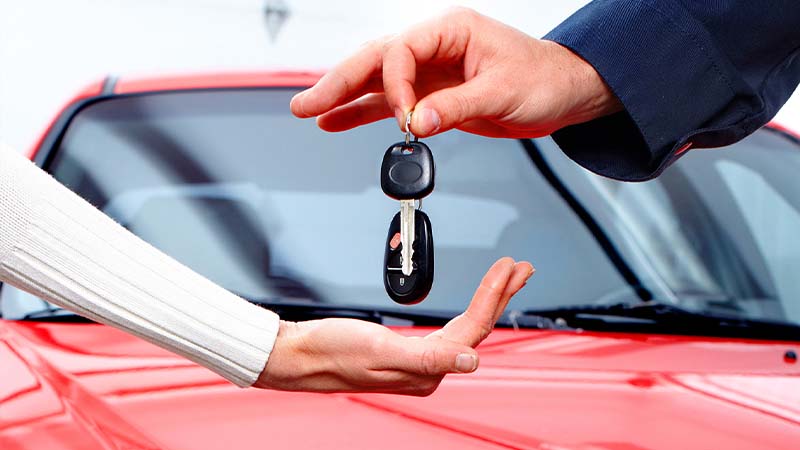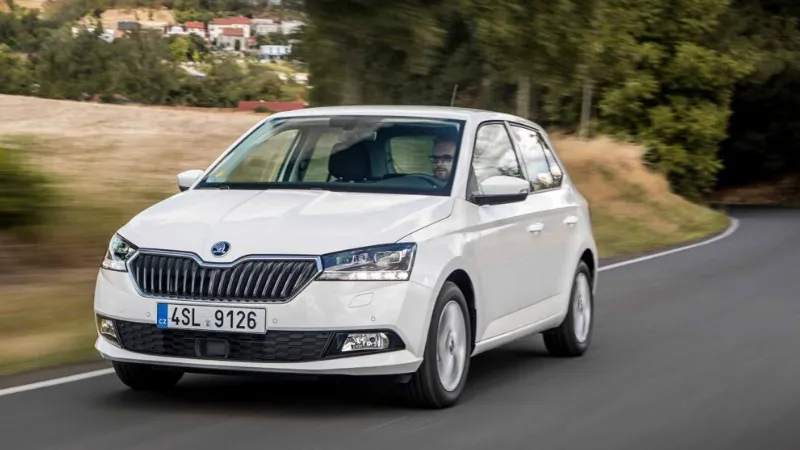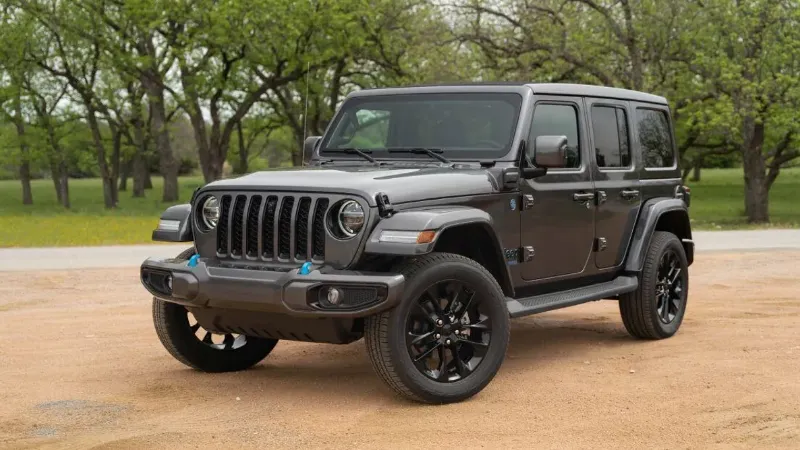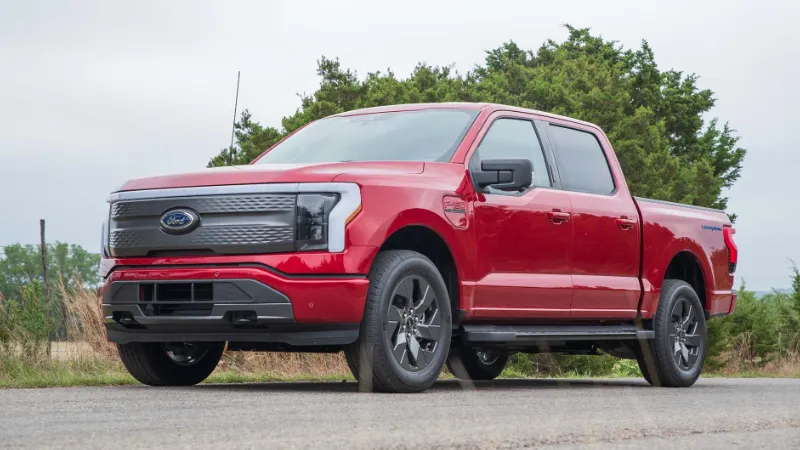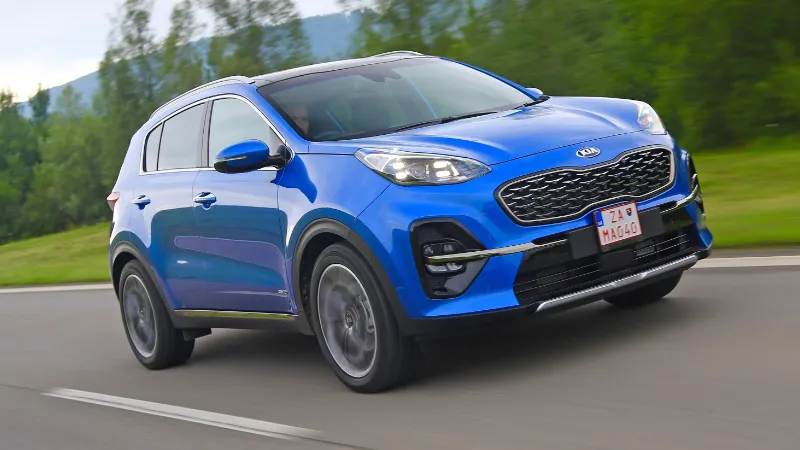First, can you trade in a financed car? Learn how to trade in a financed car, as well as advice on how to get the best value.
Yes, you can trade in a financed car. But you should be aware that trading in a financed car won’t make the loan disappear; you’ll still be responsible for paying the remaining balance even after you’ve returned the car to the dealership.
For your convenience, we’ve put together a brief overview of your options so you can visit the dealership well-informed.
How Does Trading in a Financed Car Work?
- As stated on your monthly payment statement, you should be able to find out how much you owe on the loan of the car you have financing.
- Use our Value Your Trade tool or other services like Kelley Blue Book to get an idea of how much your car is worth. However, keep in mind that any estimate you find online will only be that—an estimate. Before receiving a firm offer, the car must be examined in person.
- If the trade-in offer is higher than the balance owed on your auto loan, the extra cash can be used to finance the purchase of another new or used car at the dealership.
- For instance, if the dealership offers you $7,000 for your car but you still owe $4,000 on your loan, you’ll have $3,000 left over after selling your car that you can put toward the purchase of another car.
- If the trade-in offer is lessthan your auto loan balance, you’ll still owe money on the vehicle — this situation is known as negative equity. Before purchasing your next vehicle, you have two options: pay off the remaining loan balance in full or, in some circumstances, roll the balance over into your next auto loan.
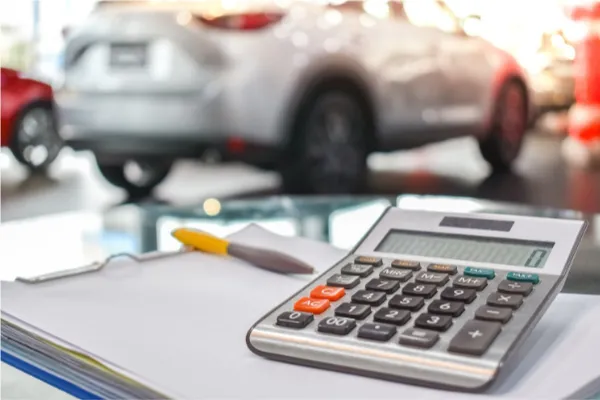
How to Trade in a Financed Car?
Your decision to trade in your car before it is paid off could be motivated by a number of factors. Perhaps you want to purchase a car that comes with incentives or rebates, or you need to upgrade to a larger vehicle.
Whatever the reason, you don’t necessarily need to hold off on purchasing a new vehicle until your old one has been paid off. To trade in a financed car, follow these steps:
Check Your Car’s Value and Your Loan Balance
Knowing the value of your vehicle and the balance owed on it is essential before trading it in. You can get an estimate of your vehicle’s value using free online tools like Car and Driver’s car value estimator.
The dealership will ultimately decide how much your car is worth from their perspective and will make you an offer in accordance with that calculation. However, getting a quote beforehand will help you determine how much you can expect to pay.
The next step is to calculate your loan balance. To determine whether you have positive or negative equity, ask your lender for a payoff amount document so you can compute your current loan balance.
Your car is worth more than what you owe if you have positive equity in it. If you have negative equity, it means you owe more on your loan than the car is worth.
You can lower your monthly payments by trading in a car that has positive equity because you’ll have money to put toward the purchase of your next vehicle.
However, you are still required to repay the loan if you have negative equity. The remaining balance has two options: you can pay it off completely or roll it into your new loan, giving you more time to pay it off.
Create a New Car Budget
You should be aware of how much money you have available before trading in your car. Remember that your current loan balance, and specifically whether you have positive or negative equity, will likely have an impact on your budget for purchasing a car.
You will have more money to spend on a new car if you have positive equity. If your equity is negative, you may need to select a car that is more expensive than you had planned.
You should start looking around for auto loans as you make your budget to see what interest rates you may be eligible for. Then, calculate how much car you can afford, to figure out roughly how much you can spend on a new car, based on your target monthly payment, estimated interest rate, and loan terms.
Prepare Your Car for the Trade-In
Make sure your car is ready to go before you go to the dealer. The user manuals should be checked again to make sure they are in the glove box, and all of your personal items should be taken out. Collect all the maintenance, repair, and warranty records.
To increase the trade-in value of your car, you might also think about getting the detailing done professionally and performing minor cosmetic repairs.
Go Car Shopping
It’s time to comparison shop once you know the value of your current car and its trade-in value. Tell the salesperson you want to trade in your current vehicle when you find a car you like.
They’ll examine the vehicle and make you an offer based on its condition and the going rate in the market. This is where your research will be useful. Based on your findings, be prepared to haggle over the price of your subsequent vehicle and the trade-in value of your current vehicle.
When visiting local dealerships, make sure to bring your pre-approval letter if you were pre-approved for an auto loan. See if the dealer can match or beat your pre-approval interest rate if they use their own lenders.
Complete the Paperwork
You will need to complete some paperwork for both the trade-in and the new vehicle purchase once you and the dealer come to an agreement on the trade-in value and the cost of the new vehicle.
Furthermore, if you obtain a new loan from the dealership, you will need to complete additional paperwork. Before leaving the dealership, go over all of the paperwork thoroughly and make sure the loan payments correspond to what you’re anticipating to pay.
Confirm the Auto Loan is Paid Off
The dealer should ensure that your old auto loan is paid off, which happens when the balance is transferred to your new loan (or you pay it off in full). But it’s always a good idea to make sure the lender got the remaining amount and that you’re debt-free.
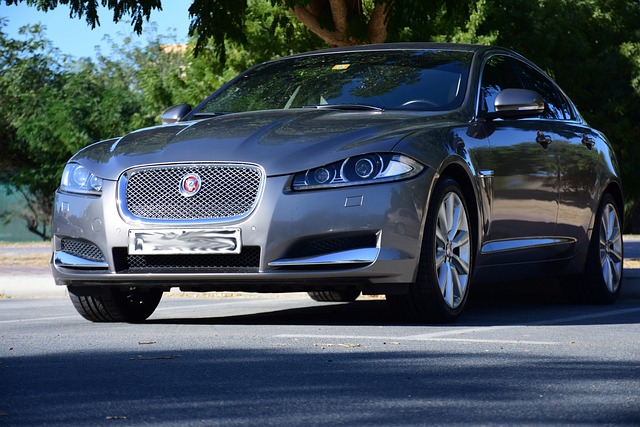
How Soon Can You Trade in a Financed Car?
You can trade in a financed car at any time, but you might want to hold off for a year or longer, especially if you just purchased a brand-new vehicle. Cars depreciate over time. A brand-new car’s value can drop by 20% or more in the first year of ownership before declining more gradually in subsequent years. You might discover that you have negative equity in the car almost immediately, depending on the size of the down payment you made on your loan and how quickly your car has lost value.
How Can I Maximize the Value of My Trade-In?
Now that you’ve answered the question, “A financed vehicle may be traded in.” you’re probably wondering how to reduce the potential threat of negative equity. If you think you might owe more on your financed vehicle than it’s worth, you’ll need to take steps to maximize the value of your trade-in:
- Do your homework and find out how much similar models have sold for. The ability to bargain will be improved.
- To determine the value of your car, use the Value My Trade-In tool from Auffenberg Dealer Group.
- The dealer will be able to easily transfer ownership of your vehicle if it has received all required maintenance; as a result, they will give you a higher offer.
- Before you put your vehicle up for sale, clean and detail it. You’ll save the dealer time and effort if you bring in a vehicle that is ready for the lot, and you’ll probably benefit as well.
Trade in a Car With Positive Equity
Let’s say your car is worth $7,000 as a trade-in but you owe $5,000 on it. Now that you have $2,000 in equity, you can use it to pay for your next car.
The negotiated price for the new car is reduced by this equity. You can put money down to lower the total amount of the loan in addition to any equity used to buy a new car.
The remaining balance of the car’s purchase price, however, must be financed, either through cash or a car loan. The contract for your new car will include a list of the trade-in’s value. Make sure you receive the entire sum you agreed to during negotiations.
The best way to ensure that you get a good price for your trade-in and on your new car is to negotiate each one separately. During your negotiations, make reference to the prices provided in the online guides.
Trade in a Car With Negative Equity
It happens frequently for customers to come into our dealership interested in trading in a vehicle with negative equity. If you still ower more on your car than what it’s worth, you have options:
- Delay the trade-inuntil you can pay the remaining amount so that you’re not upside down on your auto loan. If you don’t need to buy a car right away, this is an excellent choice.
- Pay off the negative equity. While many drivers opt to transfer that balance to their new auto loan, doing so will put you in default on your new loan. Many monetary professionals advise attempting to pay off the difference before trading in your vehicle, if you have the extra money.
- Sell your car privately. You can also sell your car on your own to get the money you need to pay off the loan. Privately selling your car can be difficult, but in some cases you can get more money for it, which can help you offset the negative equity.
FAQs
Is It a Good Idea to Trade in a Car When You’re Paying Off a Loan on the Same Vehicle?
“No, generally speaking. When you still owe money on the loan you took out to buy the car, it is not a good idea to trade it in. It is possible, but the dealership will merely increase the cost of your new car by the remaining loan balance. Make sure you have the option to pay off your loan early. In that case, the dealership may charge you for it.”
What Should Consumers Be Aware of When Trading in a Car With a Remaining Loan?
“The balance of your old loan will simply be rolled into the cost of the vehicle under your new loan. This implies that both the car and the financing will cost you more money.”
Do You Have Any Negotiating Power When Trading in a Car With a Loan?
“Maybe, if you have a very well-liked and sought-after model, that might help. Additionally, you will still have some wiggle room during negotiations if the old car has a very low balance. Keep in mind that there is no such thing as free money. The dealership is not in the business of getting you out of a car for which you previously overpaid. Rather, it is in the business of making money by selling things.”
Last, Can You Trade in a Financed Car?
Yes, you can trade in a car that has a loan on it, but you still have to pay off the loan balance when you do so. The trade-in value of the car should, in most cases, be sufficient to pay off the loan balance; however, this will vary depending on the car’s age and condition.
As soon as the trade-in and the purchase of your vehicle are finalized, carefully read the contract to ensure that all the terms you agreed upon are spelled out in writing. Use your own calculator to verify the figures once more.
After you’ve closed the deal, verify that your loan has been repaid a few weeks later. Additionally, the lender must mail proof that the loan has been paid off.
Read about When Can You Refinance a Car Loan?

